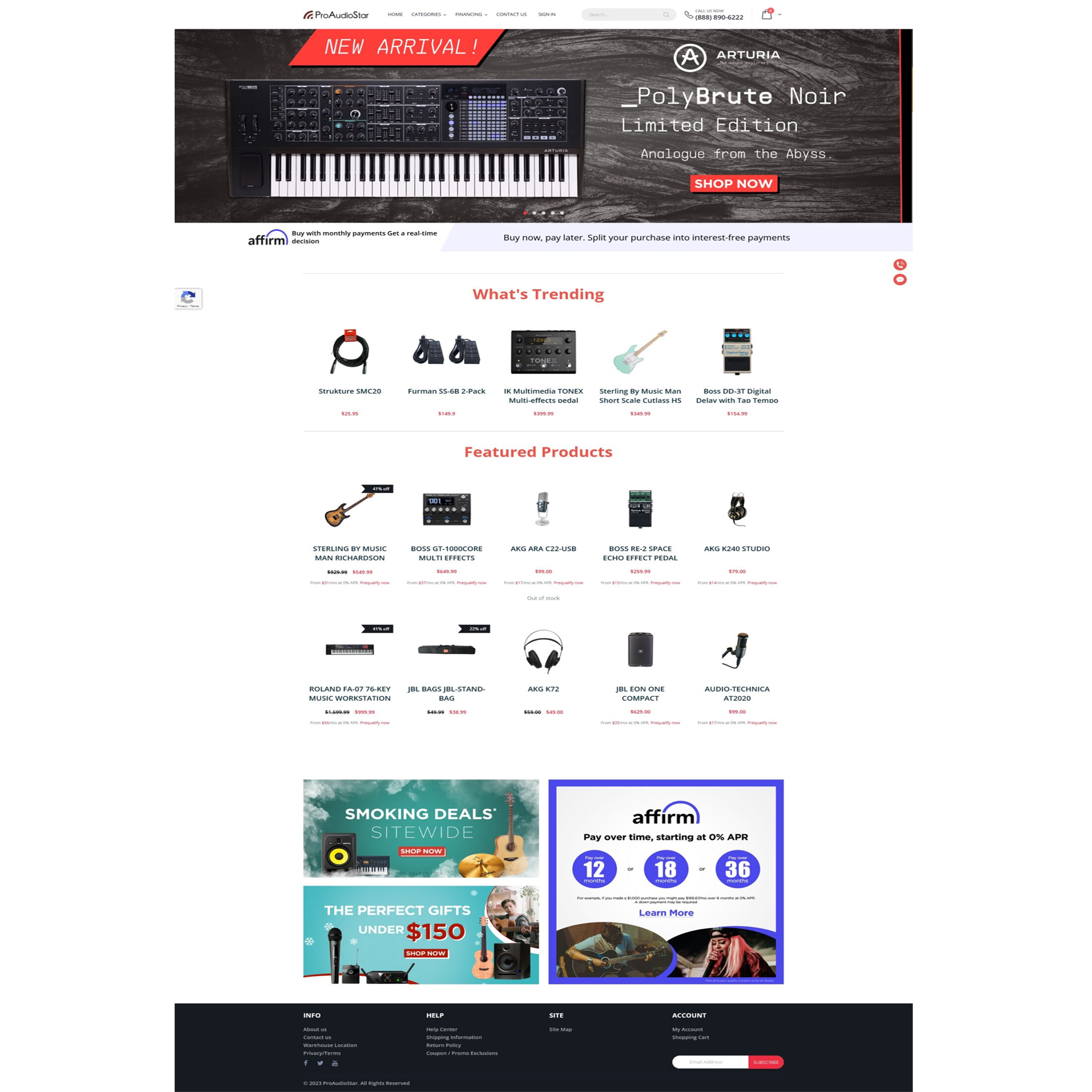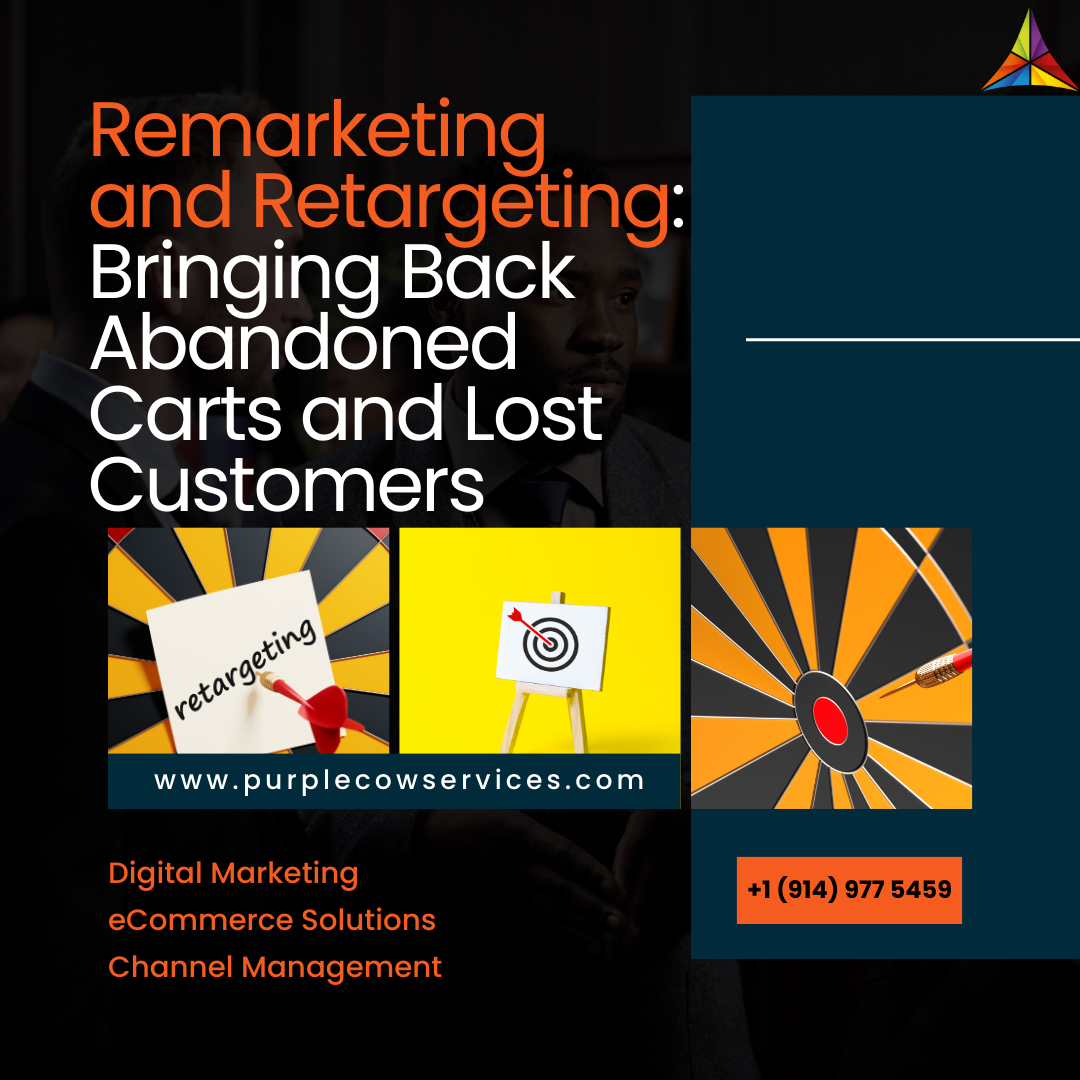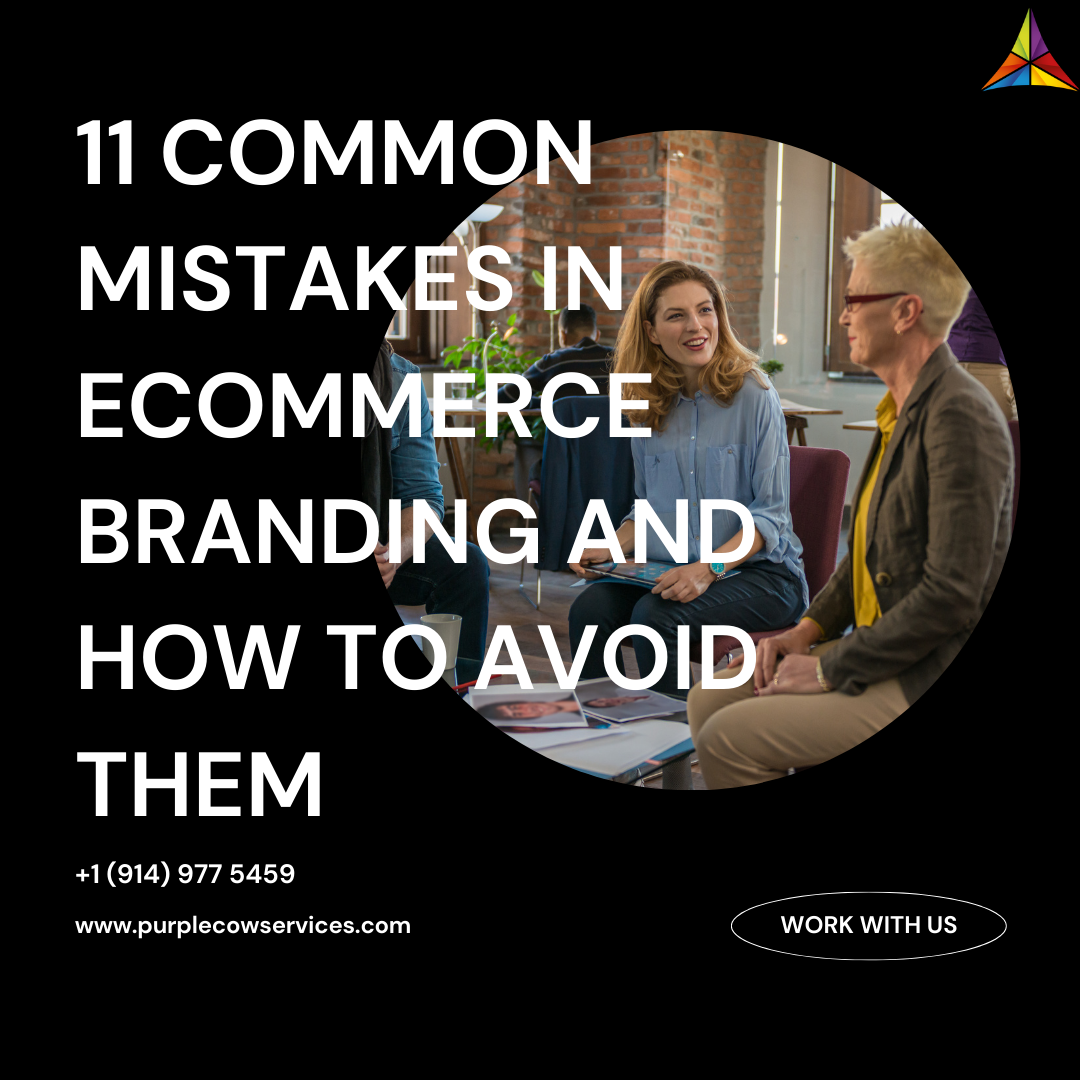Go To Market Essentials
Drive demand from the outset with ‘Go Get’ GTM Strategy.
Market UnderstandingClear Value PropositionSales and Marketing AlignmentDistribution ChannelsDigital StrategyOnline Reputation ManagementAnalytics and Performance Monitoring
Chart your business success with our roadmap.

We’re In Business
10+ Years
In-House Expertise
80+ Ninjas
Ads Spend Managed
$45+ Millions
Revenue Generated
$3.73+ Billions

Aggregate your eCommerce product data in a structured manner with Purple Cow’s Catalog Management Services. We help you organize and categorize product catalogs effectively. Besides managing and updating product listings, we improve the accuracy and consistency of your product images, descriptions, and information to enhance the customer experience.

Let your text, imagery, and information bring in more conversions than you expect with Purple Cow’s product content services. Our product content services include creating and managing product-related content, such as product descriptions, images, and videos. Furthermore, we also update existing content and optimize content for search engines and other digital platforms.
Create ripples in the market before you introduce your product or brand and get immediate results with Purple Cow’s Brand/Product Launch services. We help you plan and execute new product launches or brand introductions based on market research, product development, messaging, marketing, and advertising strategies, ensuring that they are well-positioned in your target markets.

Enforce, track and measure the MAP compliance by your retailers ensuring zero violations with Purple Cow’s MAP Enforcement services. We track your advertised prices across various channels, identify and address violations of the MAP policy, and work with retailers to ensure compliance, protecting your brand and pricing strategy.

Boost your eCommerce AOV (Average Order Value) manifolds with a data-driven, empathetic approach and remarketing tactics of Purple Cow’s UP-Sell and Cross-Sell services. We identify potential up-sell or cross-sell opportunities, develop targeted marketing campaigns to promote your products or services, and train the sales teams to close them.

Maximize your ecommerce potential with our Process Improvement services! From user-friendly website design to seamless payment processing, inventory management, and personalized marketing. We also offer customer support, delivery management, data analysis, SEO, and social media engagement to help drive growth and improve business performance. Let us help optimize your end-to-end eCommerce Process!
THE BUZZ // OUR CLIENTS LOVE US!




































